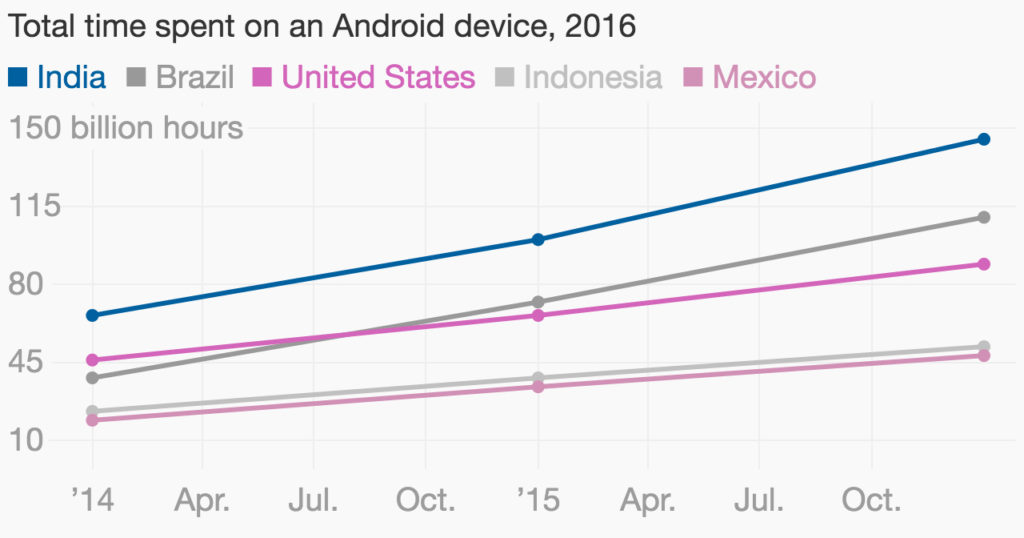At Churchgate Station, I encountered absolute mayhem. The lines for railway tickets stretched for what seemed like miles; the summer heat was relentless and there were touts, crooks, pickpockets all hanging around. It took me six hours of solid waiting to buy my four tickets. By the time I came back home, I felt I had returned from a war mission from the LOC. I was exhausted, starved, and most of all depressed.
How could buying tickets for a happy vacation be so possibly nerve wracking?
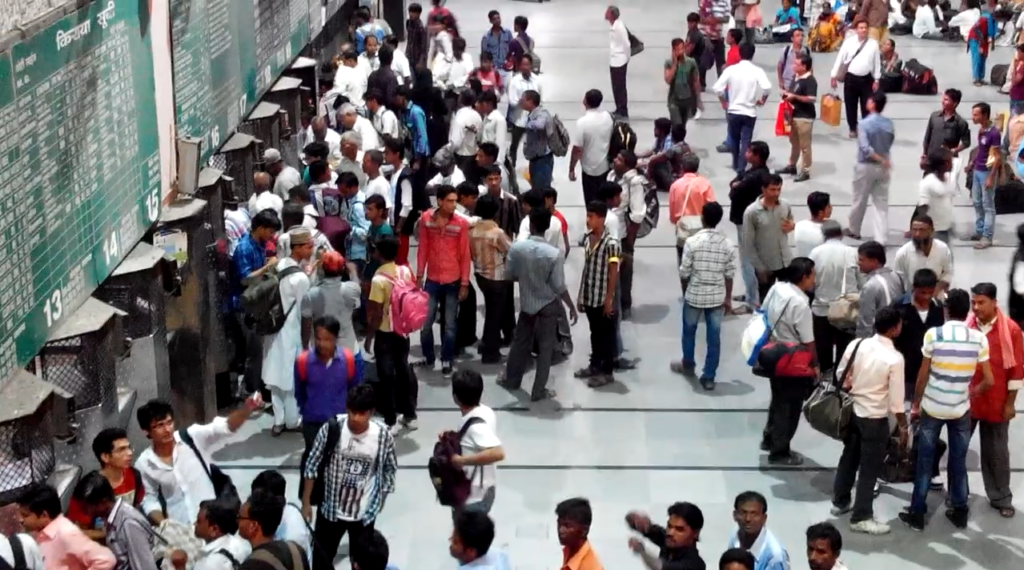
Image courtesy – https://waiting365.files.wordpress.com
Circa September 1999. The Indian Railways launched irctc.co.in and in one sweep changed the way Indians would buy railway tickets forever. The government took a bold and beautiful step to embrace technology to solve a massive problem, and won the hearts of all Indian citizens. Irctc went on to become the largest e-commerce website in India and paved the way for the e-com boom in the years to come. The site also proved beyond doubt that when the problem of friction was solved, Indian consumers would adopt with unmatched enthusiasm (and pay with credit cards!). In April 2015 for instance, over 1 million tickets were purchased online in a single day.
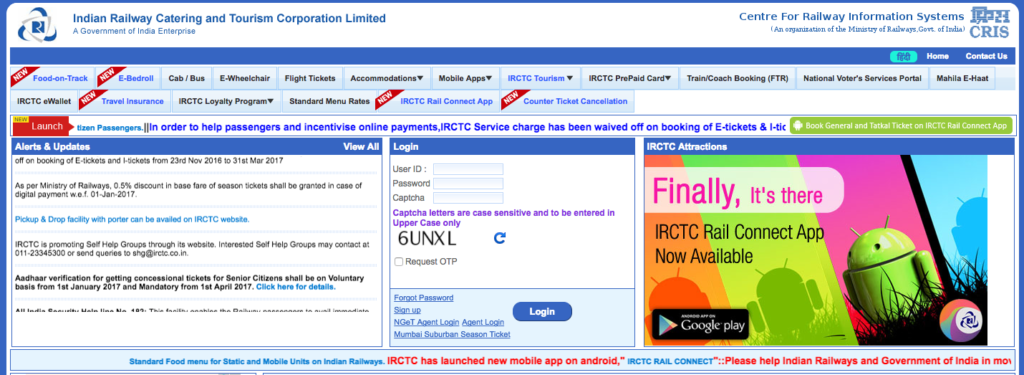
Almost two decades later, just like the ominous sign behind trucks in India, “Horn OK Please”, I feel that a more disturbing sign hangs in almost all walks of the Indian consumers’ life. I call it “Friction OK Please”.

Simply said, there are too many areas of friction in our lives that have been placed by legacy systems which need immediate redressal. The challenge is to act as swiftly as the Indian Govt. did with irctc vs. thinking about plans and ideas for too long.
Take for instance the concept of stamping ‘Security cleared’ on tags placed on hand bags that pass through our airports. Even as I write this, there is a notification from one government department to do away with it (because they ask how could a hand bag pass through security if not clear?); yet the enforcing agency seems to be insisting they do it their old fashioned way. Which means adding hours of waiting time to passengers who are in a rush to get to their planes.
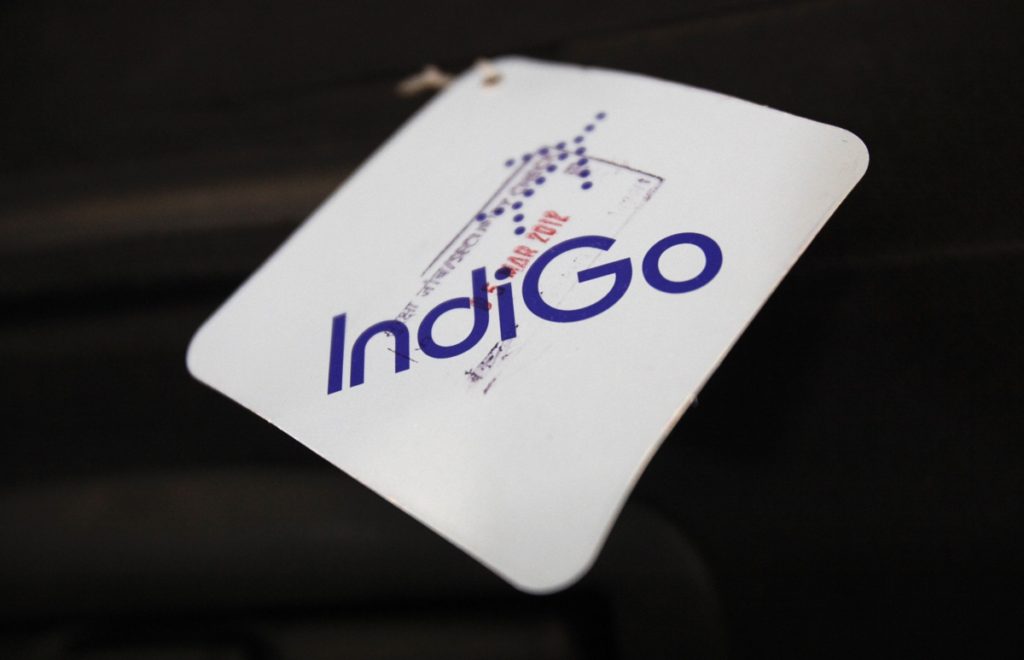
image courtesy : http://data1.ibtimes.co.in/
Do we like Friction? Are we afraid of solving it?
I think so.
Just as irctc.co.in was born in 1999, I was also launched that year in the digital world as a gaming entrepreneur. For the past eighteen years, I have been in love with games and the concept of gamification – making games around the activities people do.
My first big success with gaming happened in 2004 when the epic Indian Idol program was released in India for the first time. My mobile startup created the platform for consumers to vote for their favorite idol and we partnered with all the telecom operators to provide a premium sms service (shortcode 2525) for consumers to use while voting. While a regular SMS at the time cost Rs. 1, we were bold to charge Rs. 3 per sms vote, given the uniqueness and engagement we were providing.

Image courtesy – http://www.eljireh.org/
As season one began, we assumed that a few thousands of Indians would vote for their favorite singers; but by the end of season one, we were pleasantly surprised to know that a few crores of people had voted via sms (One crore is 10 million). Indian Idol created a brand new form of micro monetization using mobile phone gaming that benefited telecoms, agencies and consumers. It was one of the early lighthouses that paved the path for the massive VAS (value added services) business of billions of US$ that blossomed in the subsequent years.
Now, can you imagine crores of Indians voting for their favorite Idol using paper and pen and competition postcards? And if they did that, how could that archaic game mechanic be effectively monetized? What we were successful in doing was bypassing friction even before it happened. And that frictionless experience paved the way for Gold.
Circa 2017. It is so ironic that almost after a decade of pioneering the mobile micro payment games model with Indian Idol, I am faced with a ‘Churchgate’ moment when it comes to monetizing my own smart phone mobile games.
The current business I manage is about making snacky, fun, casual mobile game apps that consumers download via game portals such as Google Play. India is now the #1 mobile downloads market for Android apps in the world (recent Appannie report) and the reasons for the same are not surprising. Over a billion mobile users in India are rapidly switching to new smartphones and the first thing a smartphone user does is download a lot of fun apps! The business of apps is at an inflective “irctc” moment of its own.
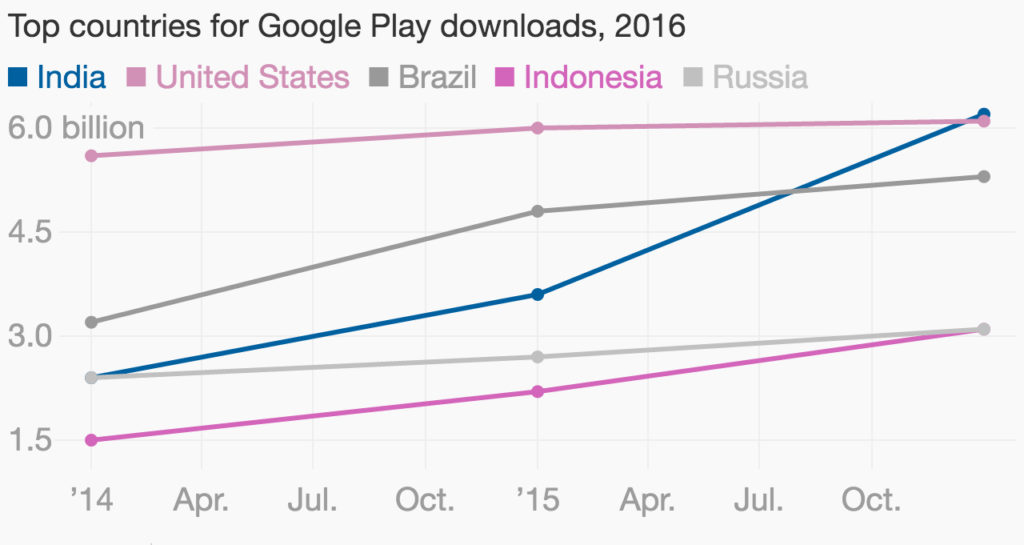
Sources – Appannie
The platforms that host these apps such as Google Play do a phenomenal job of providing everything that developers (almost 2 million in India and counting) and consumers require! Google play hosts the apps, encourages reviews and ratings and ranks apps and games in order of their popularity. The mobile apps market is the most democratic expression of any digital business in the world. You can rise from zero to hero just using your skills and genius to create a great app. No contacts, deep moneys or marketing required.
Most apps (99%) in the world are free and developers like us offer consumers’ small ‘in-app’ products to buy to improve their gaming experience (buy a faster car) or to remove pesky ads. That along with ads is our monetization model. Consumers pay as little as Rs. 10 (2 US cents) to get these micro goodies unlocked in their app.
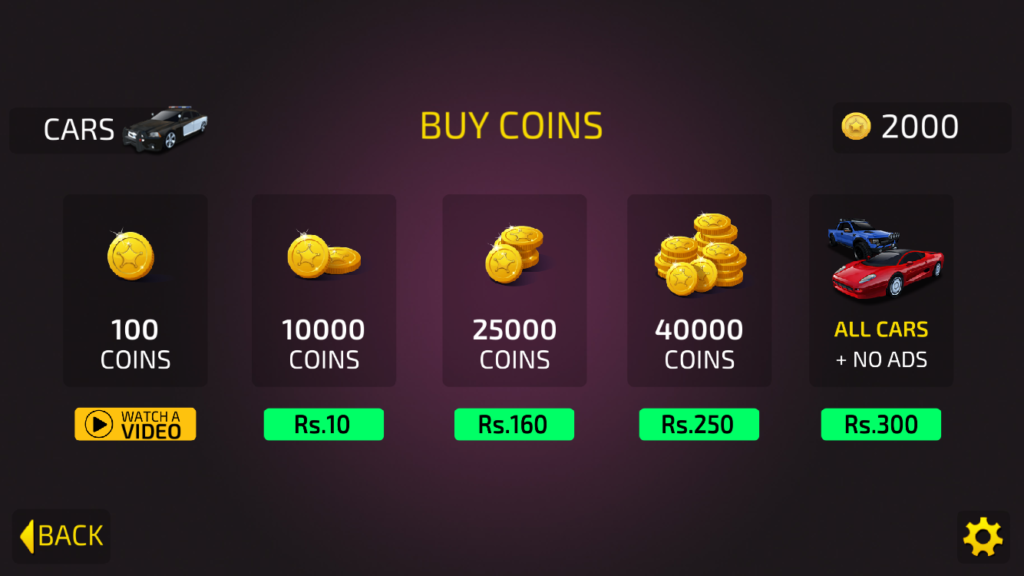
What is my pain and anguish about? So far, paying for these goods was a real pain point in India. The young user did not have a credit card and there was no offline method of payment. It was the equivalent of me standing in a six-hour queue to buy those railway tickets way back in 1983.
Then, voila! App platform providers like Google Play introduced ‘Direct Carrier Billing’ (DCB) which meant that consumers could simply pay using their existing mobile phone connection vs. searching for credit cards. This was exactly the way we had started and scaled the Indian Idol voting service which is in play even today. Simply by using you phone to have fun and paying for it. No tricks involved.
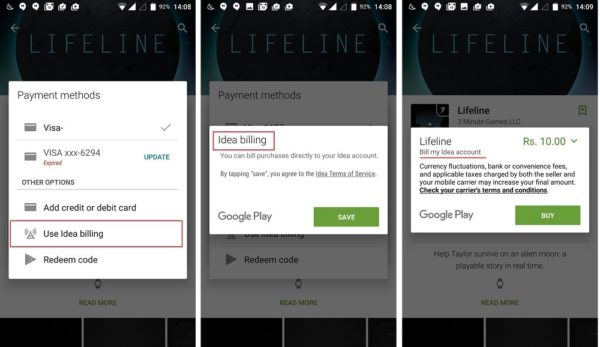
Image source techupdate3.com
Sadly, DCB was discontinued as quickly as it started. There is a section of the government that believes DCB should not be allowed for buying in-app items in games and apps for pre-paid consumers. And as with the baggage tags example, there is another knowledgeable and well informed section of the Govt (see this excellent Watal Committe report on digital payments) that fully supports DCB!
Well, the Greek type tragedy here is that 95% of all Indian mobile users are pre-paid customers!
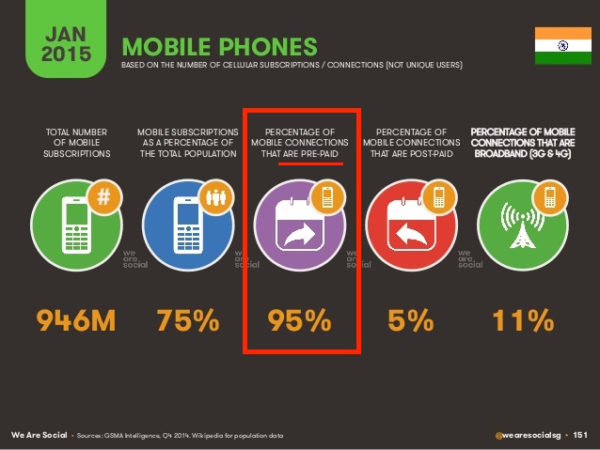
By restricting the ability to pay via DCB to only 5% of the mobile users in India (those with post paid connections), the government is throttling and stifling the very businesses (a la the entire mobile economy) it promises to promote via its Digital India initiative. It’s the equivalent of Marie Antoinette suggesting that the starving people of France eat cake if they don’t have bread. To me, it brings back the large truck signal, “Friction OK Please”
Let me dimension the potential and the loss on hand. Last year, consumers spent 40 Billion US$ in Mobile Games. That’s 28,000 crores! While India is still developing and has relatively poorer purchasing power, with the highest downloads in the world, a meaningful % of that revenue belongs to us. The government has no right to deny us what is rightfully ours.
Can I on behalf of millions of consumers, developers and the ecosystem at large, beg the Government to pay attention and not create friction where none exists? What is the business of the government to meddle in the smaller nuances of business? What gives them the ability to discriminate the intelligence of Indian consumers who can spend moneys chatting on SMS but not refuel their car in my game, which plays on the same phone?
We need freedom from Friction. It’s high time we changed the signs to read “Do NOT horn, OK, Please” and “Do NOT create friction, OK, please”. And we can’t take 16 years to make that happen.

